As the push for the legalisation of psychedelics continues, questions around safety and harm reduction should continue to be raised. If psychedelics were legalised for non-medical use in certain US states and countries, they would need to be regulated. But there are differing opinions on what this model of regulation should look like.
The commercial sale of psychedelics would, of course, make them more widely available and accessible. On the one hand, this can help minimise the existing harms of psychedelics since buyers will be more confident that they are purchasing genuine, unadulterated products. In the current illicit market, there is much more uncertainty; for instance, the harmful psychedelic 25I-NBOMe is often sold as LSD. On the other hand, new risks emerge, such as vulnerable individuals having easier access to potent psychoactive compounds.
However, there are ways to design packaging for psychedelic products that minimise the risks involved. In this article, I will be drawing on a guide from Transform Drug Policy Foundation titled ‘How to Regulate Psychedelics’. This document presents different models of how psychedelics could be regulated. But we’ll be focusing on the regulation of psychedelics as commercially sold products, which in the future would likely be sold by specialised vendors and dispensaries. These dispensaries might be similar to the headshops in Amsterdam that sell ‘magic truffles’ (which contain psilocybin) and other psychedelics. They might also look like the psychedelic dispensaries that Dana Larsen opened in Vancouver (these dispensaries, and similar ones in Canada, are operating illegally and openly; there have been raids, but the raided stores later reopened). At Larsen’s dispensary, psychedelics sold include various types of psilocybin mushrooms, LSD, mescaline-containing cacti, DMT, and 5-MeO-DMT.
We can also look at how Dutch headshops and Canadian dispensaries operate for information on how packaging for psychedelic products can be designed with harm reduction in mind. In addition, the way that psychedelic products (e.g. psilocybin mushroom chocolates) are sold in the underground market can help us see the dangers of using the wrong kind of packaging.
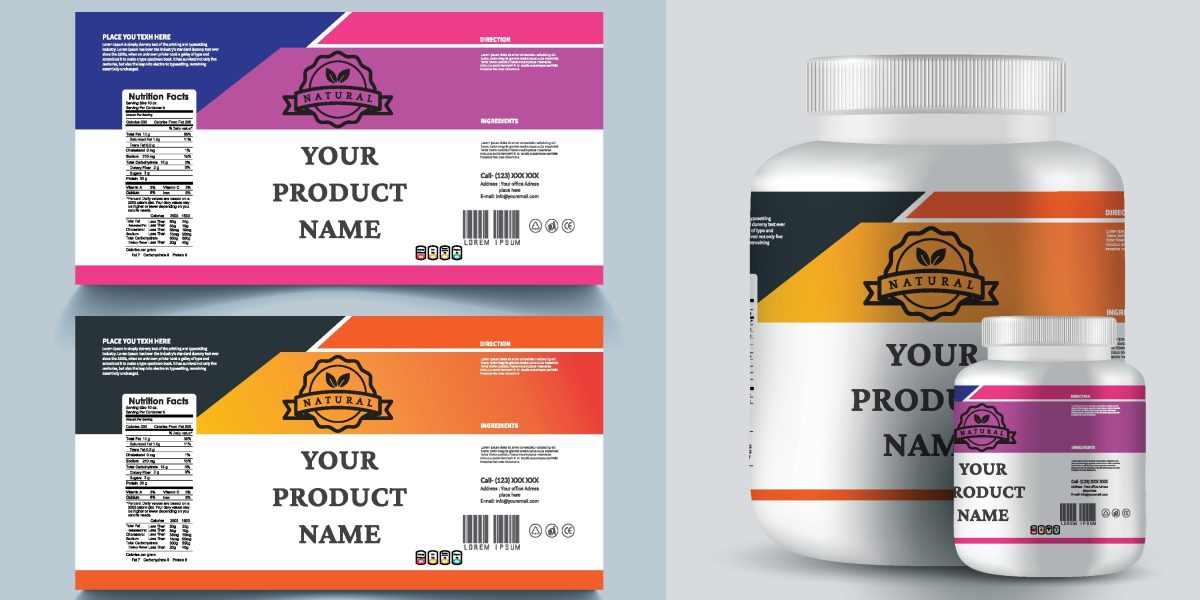


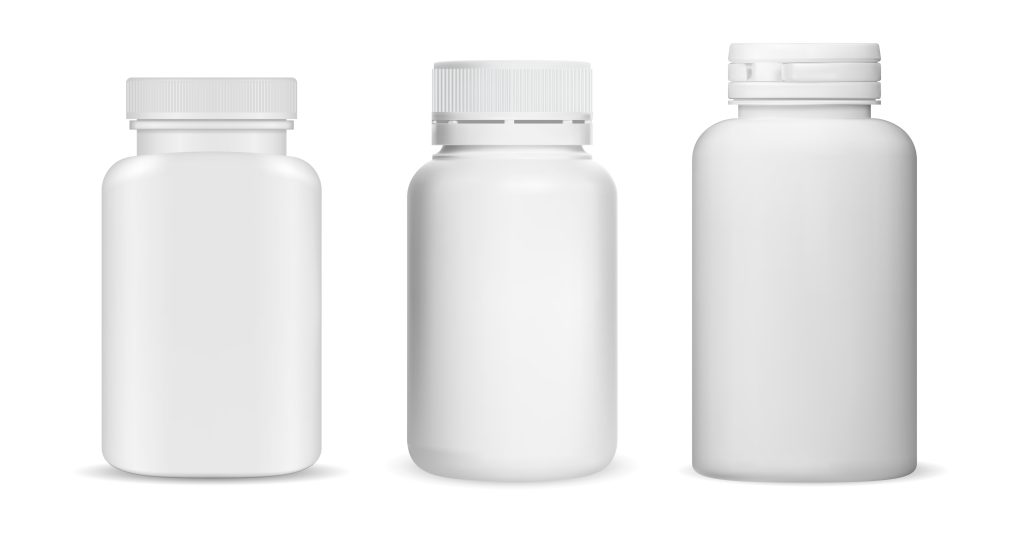




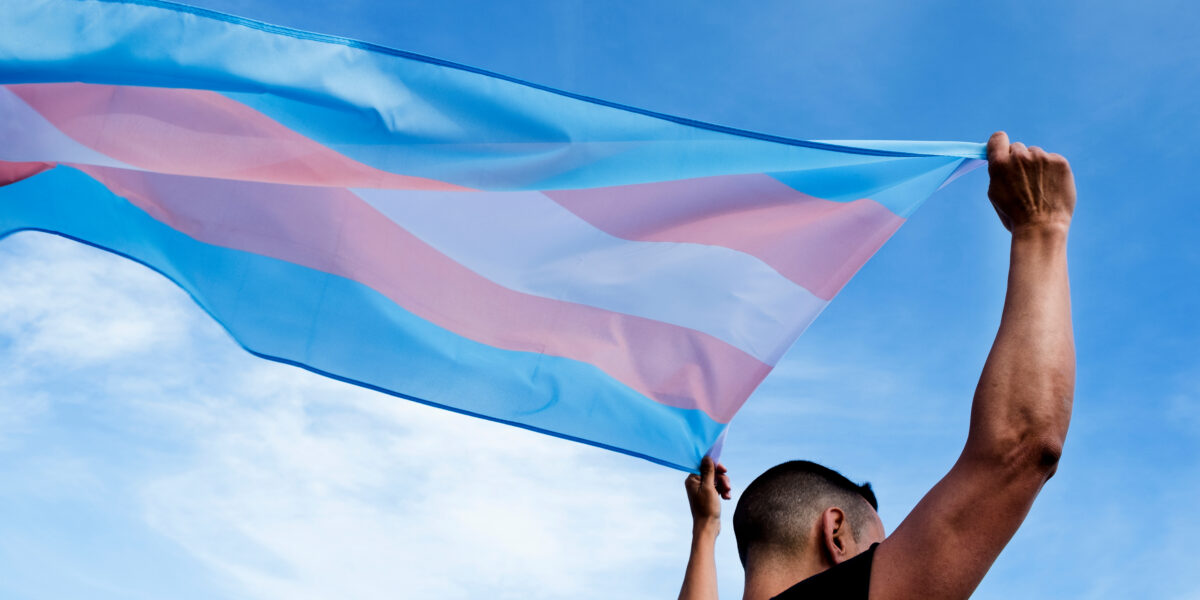



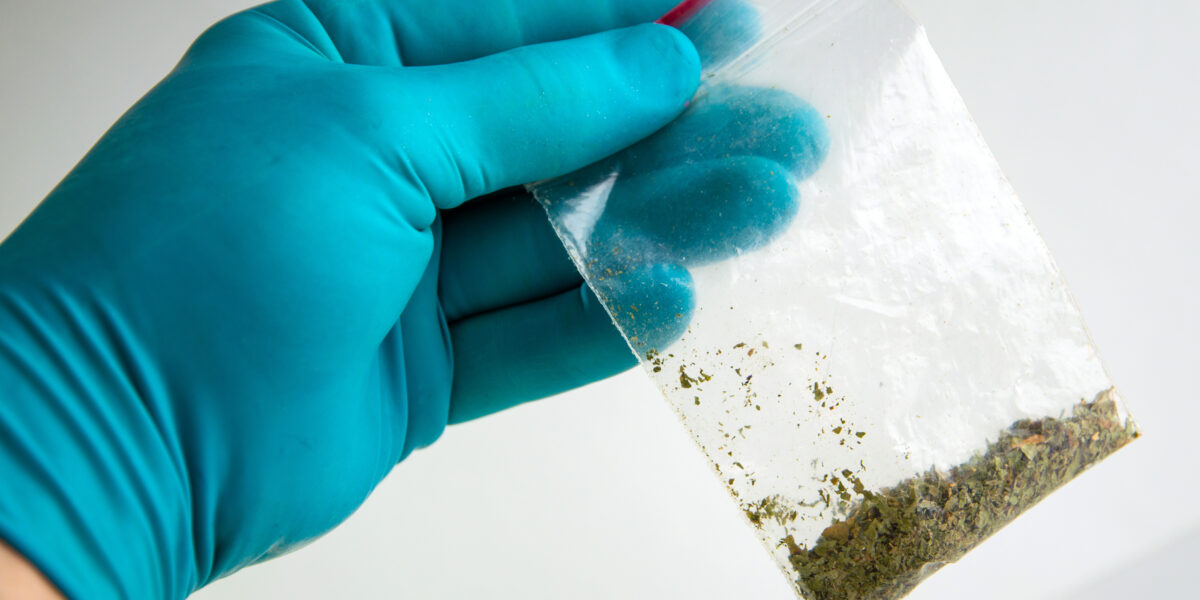
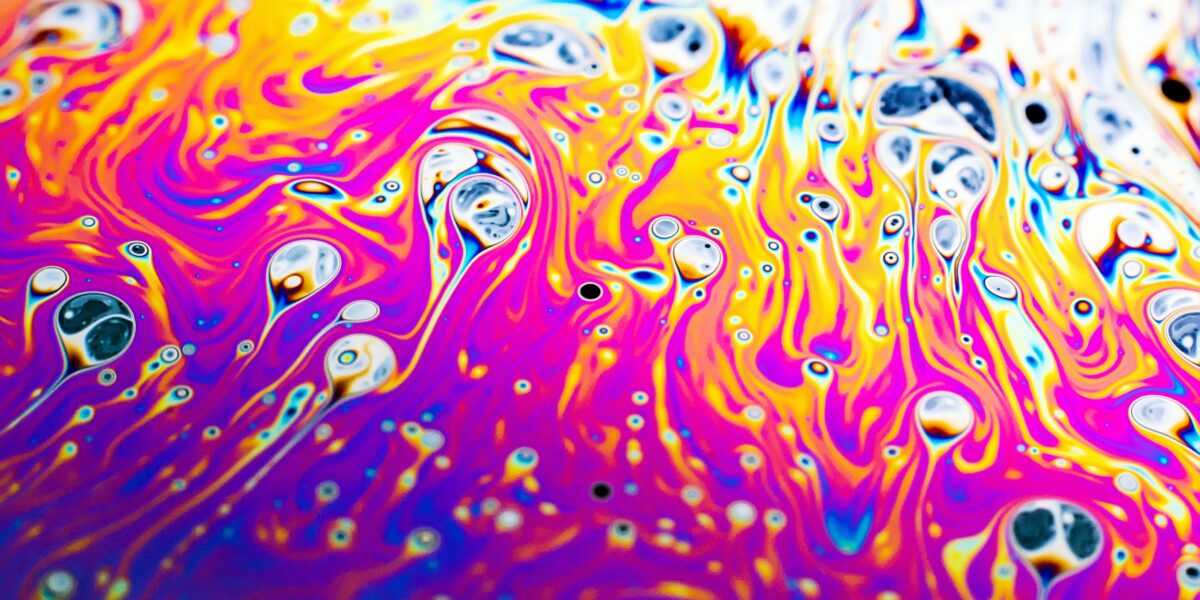

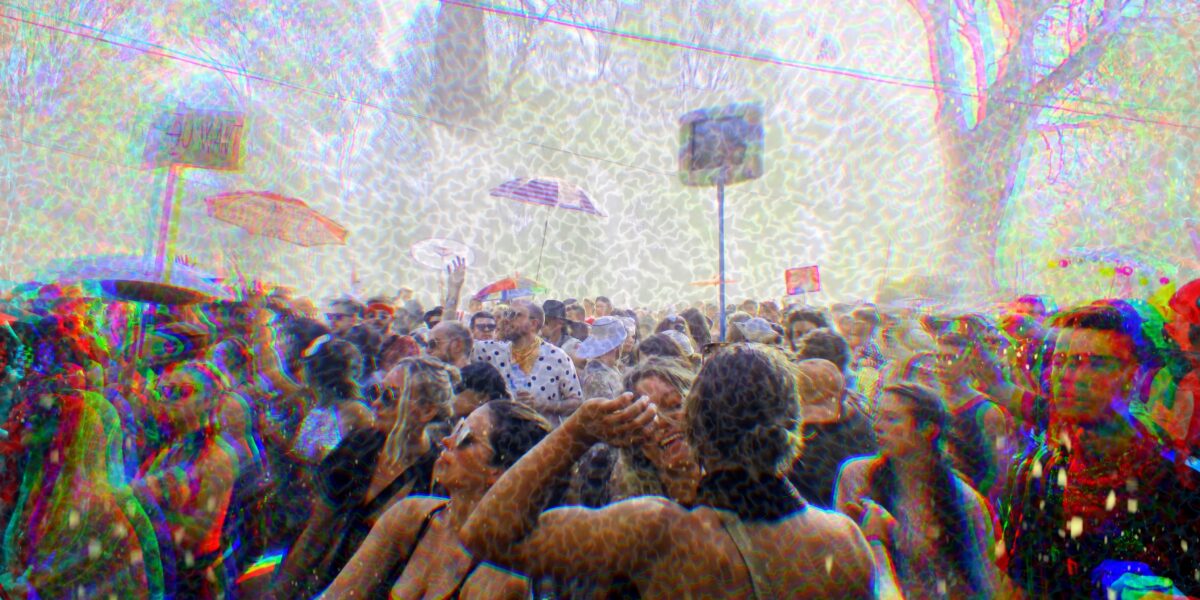
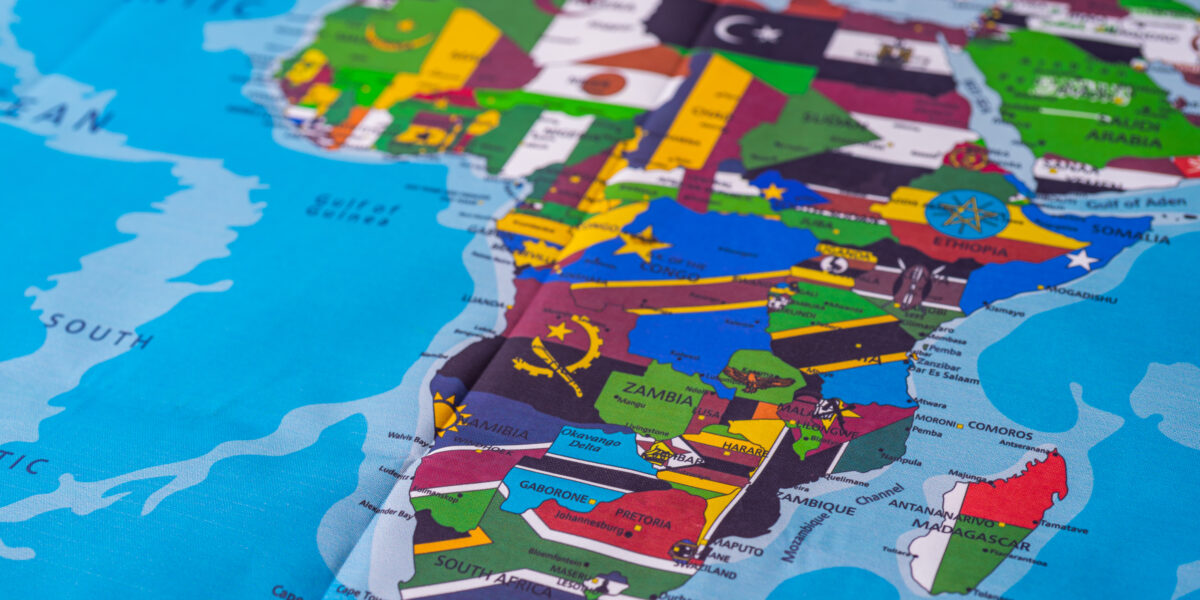
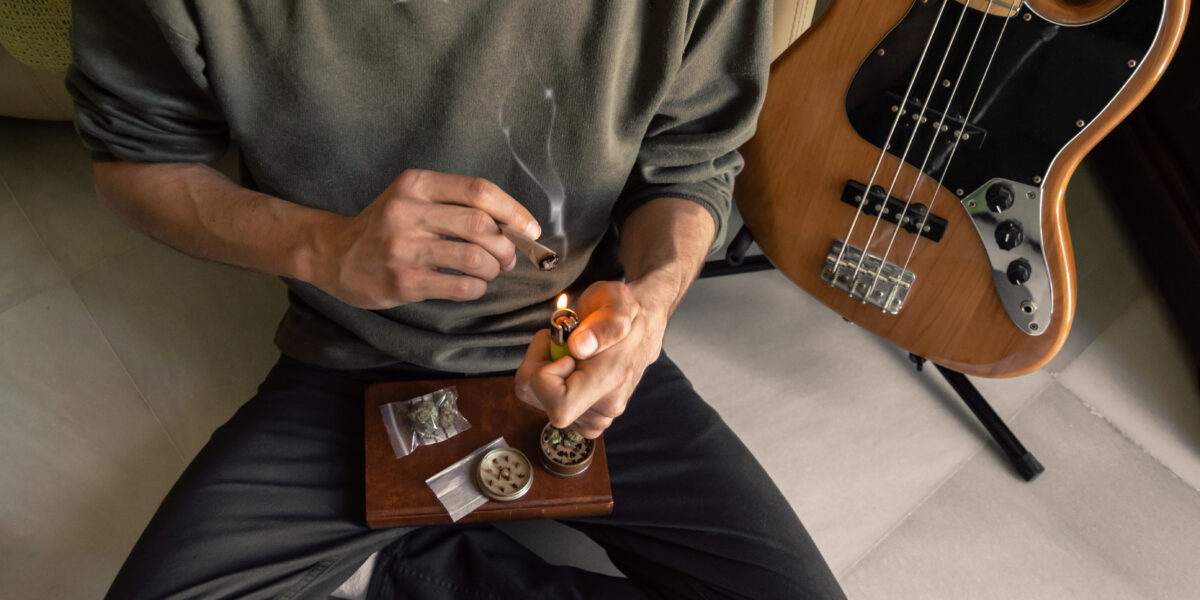


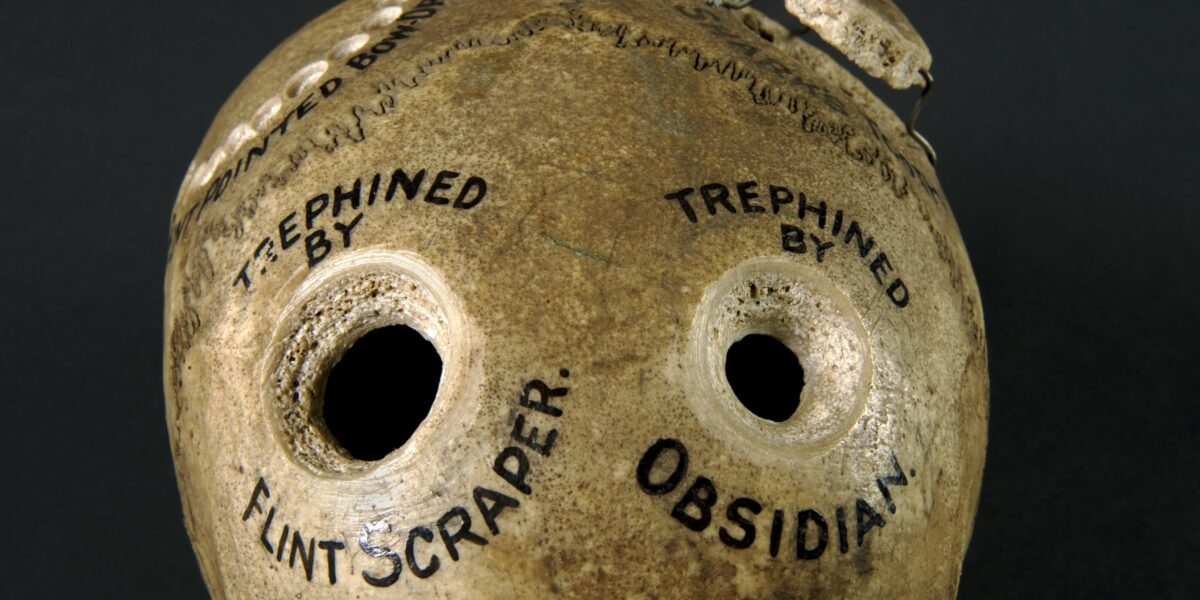

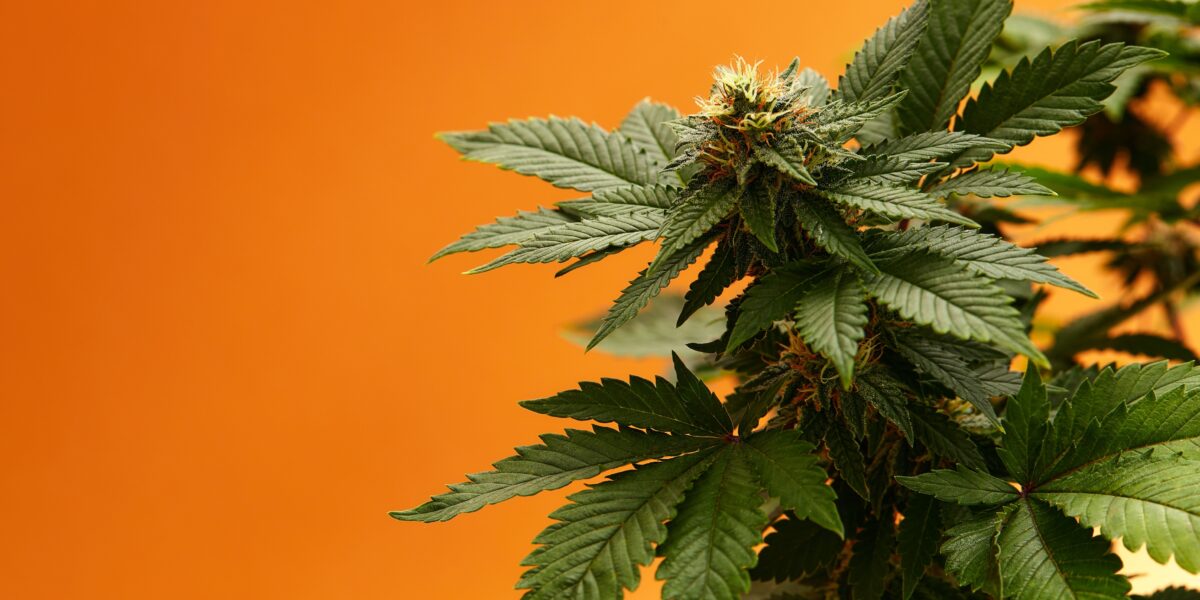

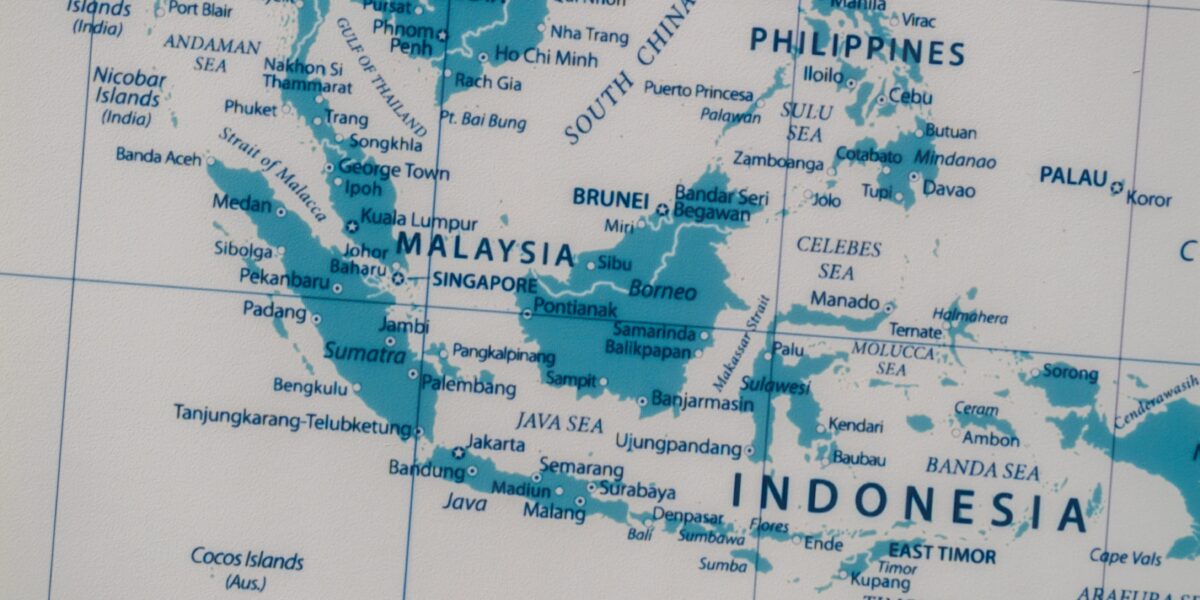
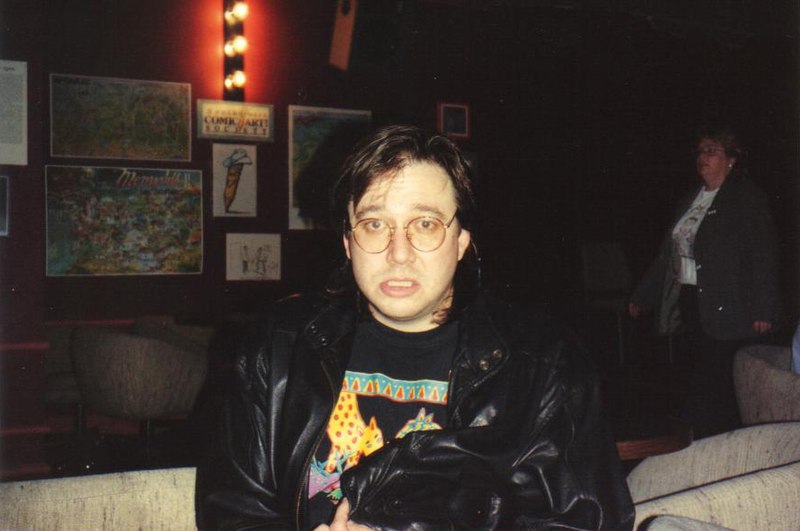



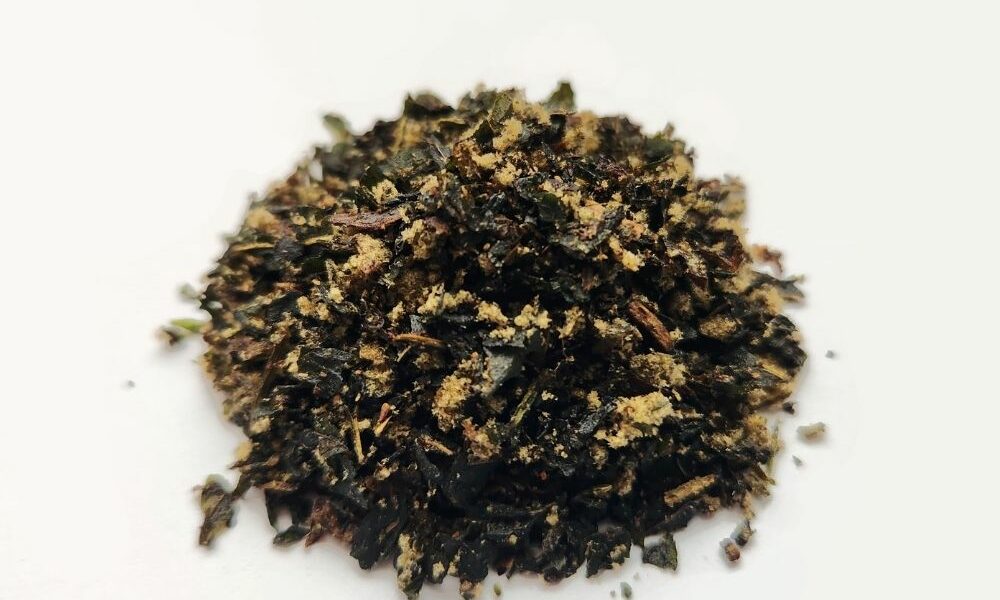



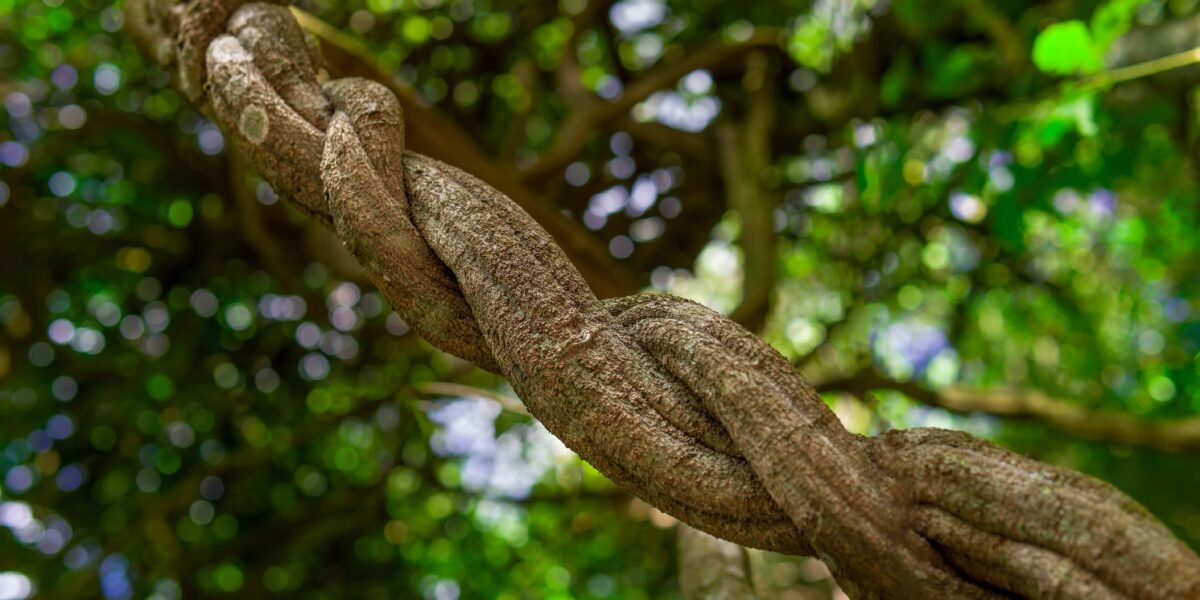
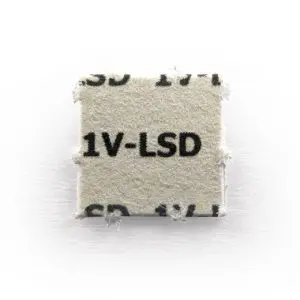
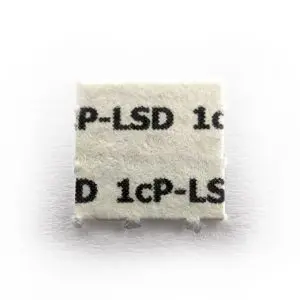
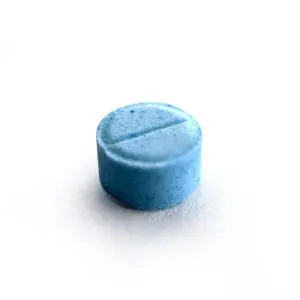
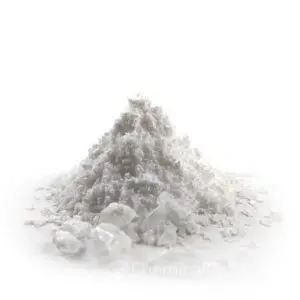
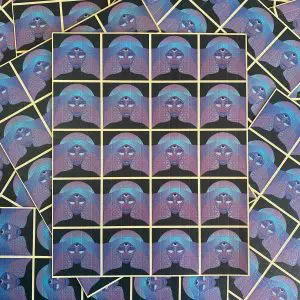
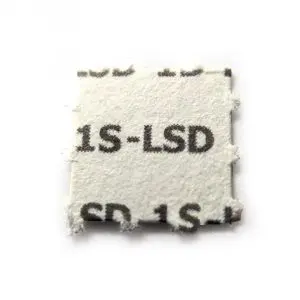
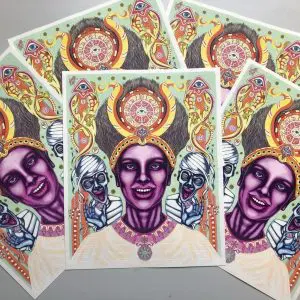
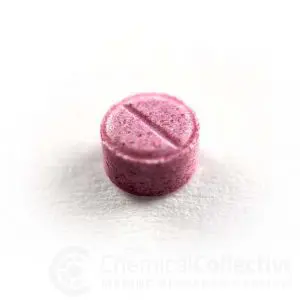
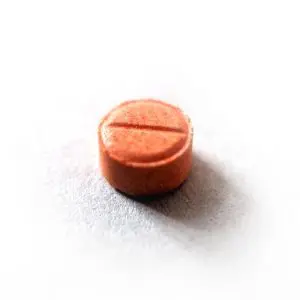
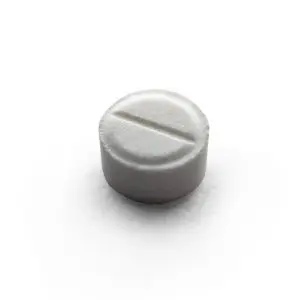
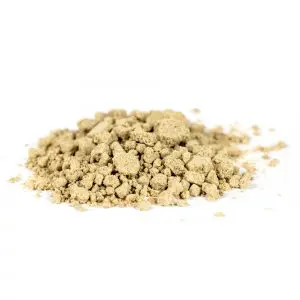
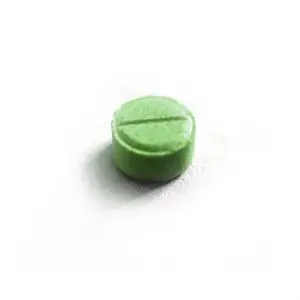
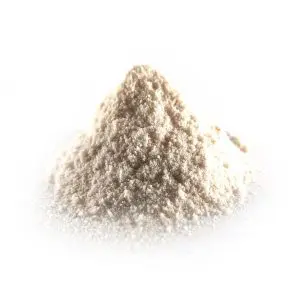
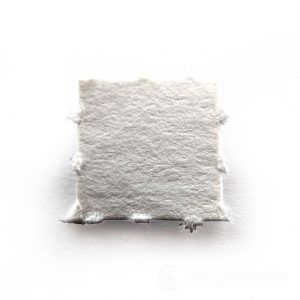




share your toughts
Join the Conversation.
Very interesting and on point!
I agree with the article. In particular, the packaging should be graphically neutral so as not to attract children.